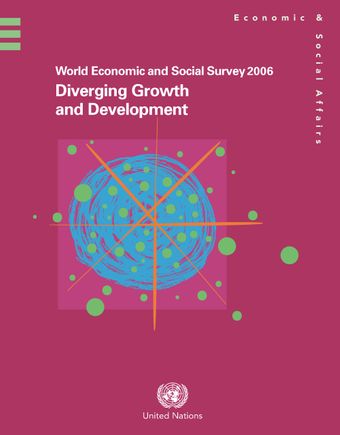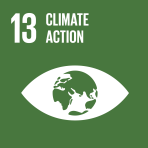Growth and development trends, 1960-2005

- Author: United Nations
- Main Title: World Economic and Social Survey 2006 , pp 1-27
- Publication Date: October 2006
- DOI: https://doi.org/10.18356/6974e7f3-en
- Language: English
- Previous Chapter
- Table of Contents
- Next Chapter
By many measures, world inequality is high and rising. The average citizen in Ethiopia today is 35 times poorer than that citizen who happens to have been born in Europe or the United States of America. In 1950, the income level of an Ethiopian was one sixteenth that of an average citizen of the industrialized world. Similarly, the average citizen of the United States now has an income that is 27 times that of the average Nepalese, up from 19 times the income of the average Nepalese around 1950. Most of the worlds poorest nations are falling behind in more or less similar degrees. The main reason is that in the industrialized world, the income level for the last five decades has grown steadily, while it has failed to do so in many developing countries. Periods of growth for developing countries have alternated with prolonged periods of stagnation and volatility, especially since the mid-1970s. Only a few developing countries have been growing at sustained rates in recent decades, but these include, most notably, the worlds two most populous countries, China and India. Considering that these two countries alone account for almost half of world population, inequality across the globe is beginning to decline (Milanovic, 2005). However, when these countries are left out, global inequality is seen as having continued to rise strongly from already high levels.
-
From This Site
/content/books/9789211553826c004dcterms_title,dcterms_subject,pub_keyword-contentType:Journal -contentType:Contributor -contentType:Concept -contentType:Institution105



